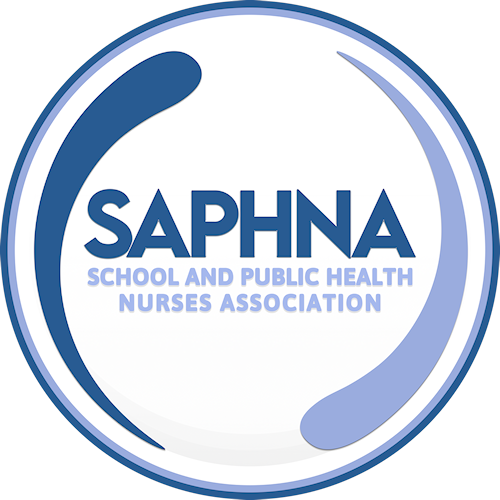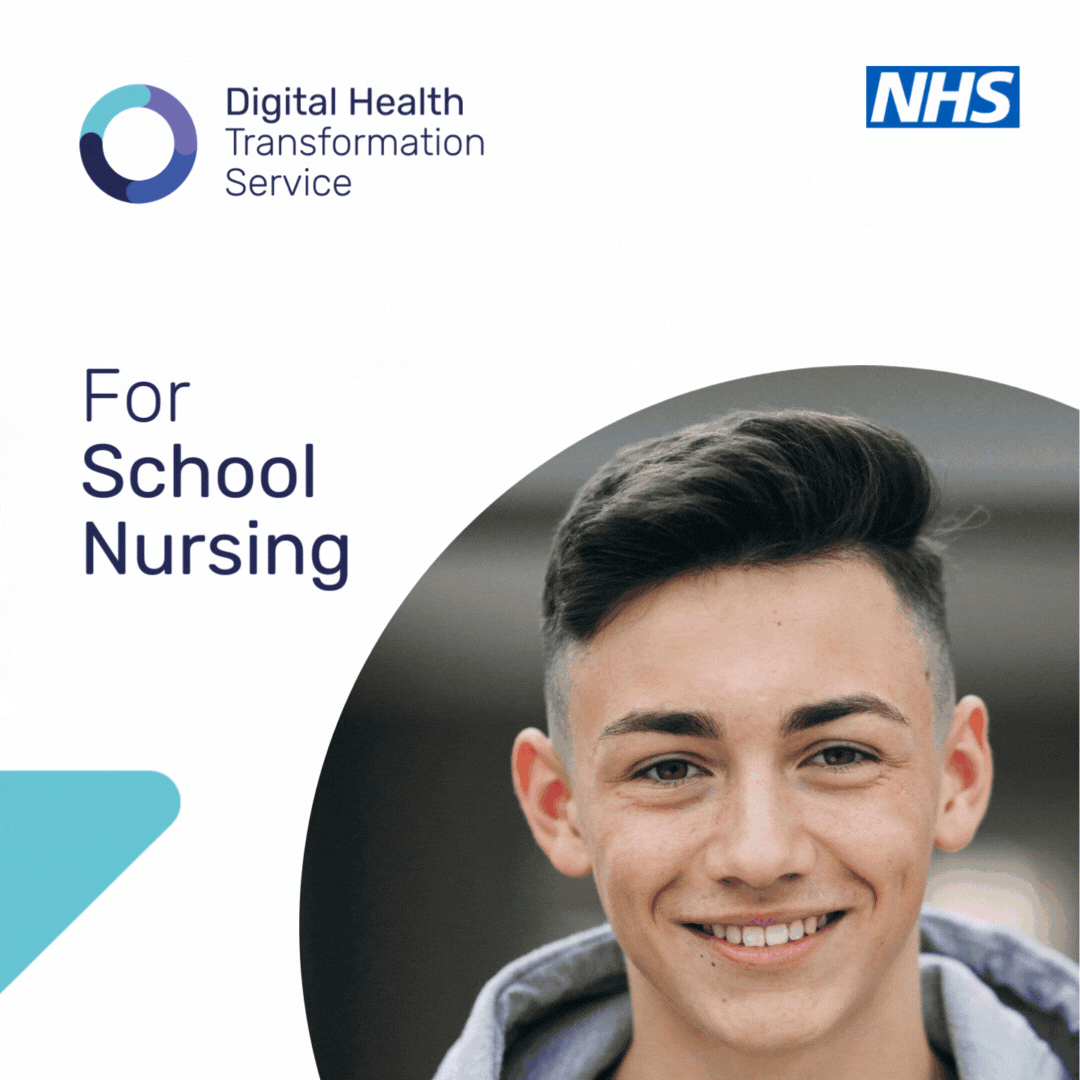The Health Behaviour in School-aged Children (HBSC) study in England report
3 January 2024The Health Behaviour in School-aged Children (HBSC) study in England report published in December 23, present data on young people’s health, health behaviours and social environment. 5377 young people in England were survey in 2022. HBSC England is guided by the ecological framework (Bronfenbrenner, 1979) which sees the young person within the setting of their family and friends, school and neighbourhood, and the wider socio-economic and political environment. This is an importance report for those working in the Public Health arena and helps us understanding some of the challenges that young people face. There are some concerning findings, showing significant difference between genders, age and social-economic circumstances. SAPHNA was honoured to be part of the stakeholder group for this report.
Key points from the report include:
- There were some positive findings including young people predominately reporting the health as good or excellent, an increase in boys physical exercise levels, boys eating more fruit and vegetables, decrease in experimentation with cannabis.
- The proportions reporting overall improvements were relatively low and, critically, were often inconsistent across young people of different ages, genders and family affluence levels. There was a higher incidence and size of deterioration between 2014 and 2022 across all mental health and the majority of physical health markers that had been tracked over time. Earlier reductions in several health compromising behaviours also halted or reversed in 2022. Mental and physical health were also heavily influenced by gender, age and family affluence levels.
- Positive health findings tend to decline with age, there was a tendency in 2022 for this to occur earlier and more sharply among girls from the least affluent families – and because this decline was less apparent in girls from the most affluent families, disparities were often stark among 13 year old girls.
- Whilst boys tend to report more positive health outcomes and behaviours, and a stronger level of access to and trust in protective assets (other than support from friends), they still demonstrated markers of stress suggesting further complexity.
- Use of digital media escalated through social media use and gaming among all age groups, but notably among younger adolescents. More digital media use did not necessarily equate to problematic or disordered use however, with inequalities in the reporting of heightened conflict and arguments at home related to digital media use and gaming-related spending.
- Opportunities to protect young people’s health and buffer against risk were much weakened in 2022 with young people reporting fewer opportunities to be together, and less support and communication in both family and school settings, alongside rising stressors at school and neighbourhood levels.
- The inequalities noted in health outcomes and behaviours were reflected in access to, uptake of and trust in support mechanisms within the family, among friends and peers, at school and from the local neighbourhood.
The HBSC England 2022 study highlights three fundamentally interconnected areas in need of action:
▪ HALTING MENTAL HEALTH DETERIORATION
▪ ADDRESSING PERVASIVE INEQUITY AND ITS IMPACT ON YOUNG PEOPLE’S LIVES
▪ STRENGTHENING HEALTH ASSETS






